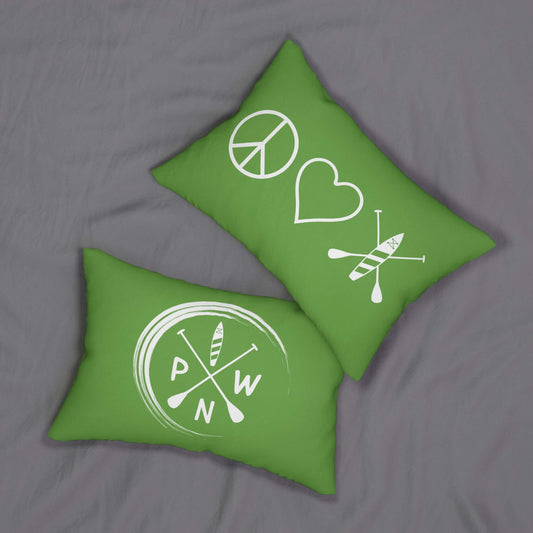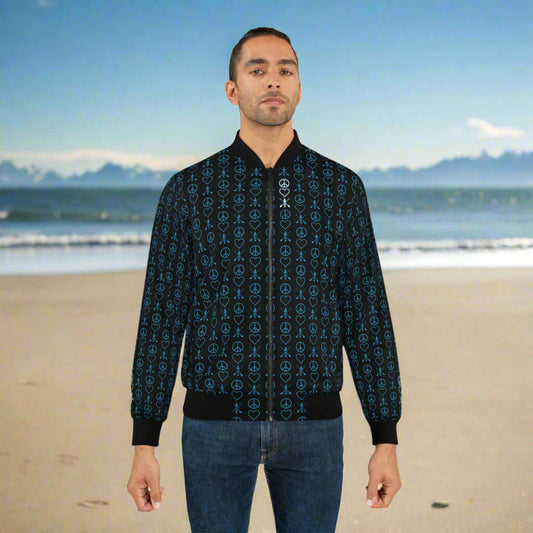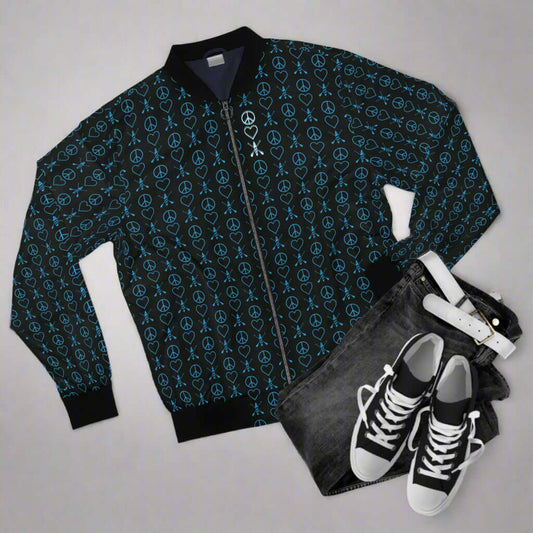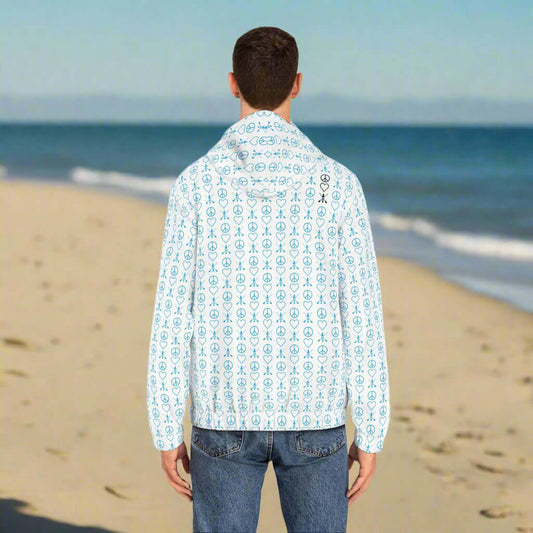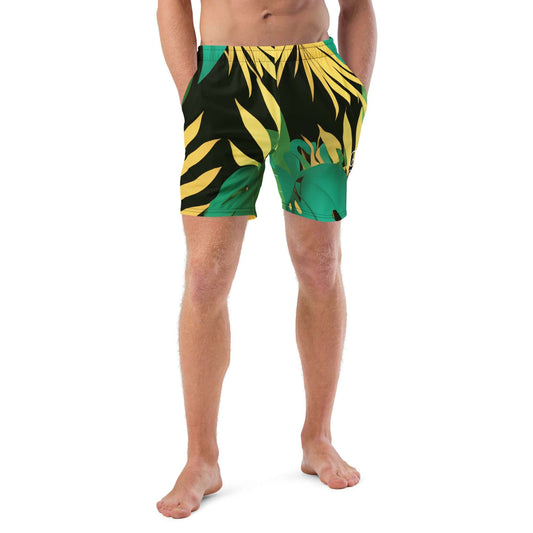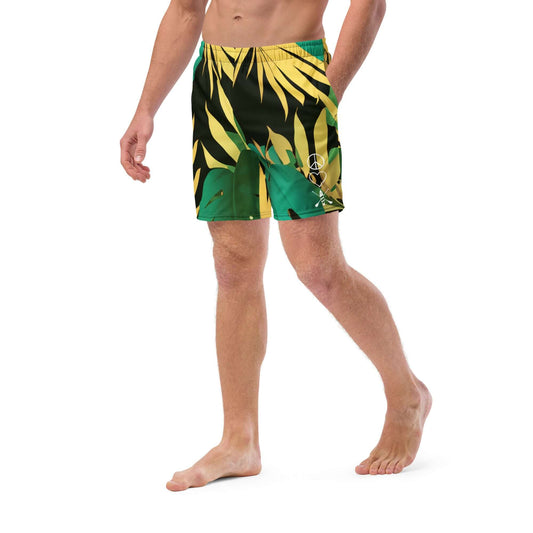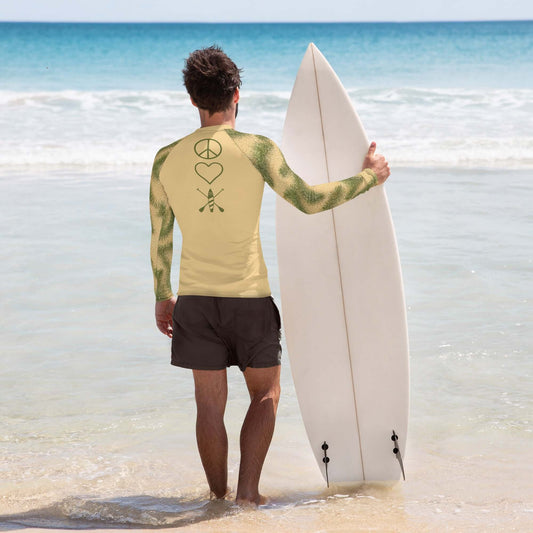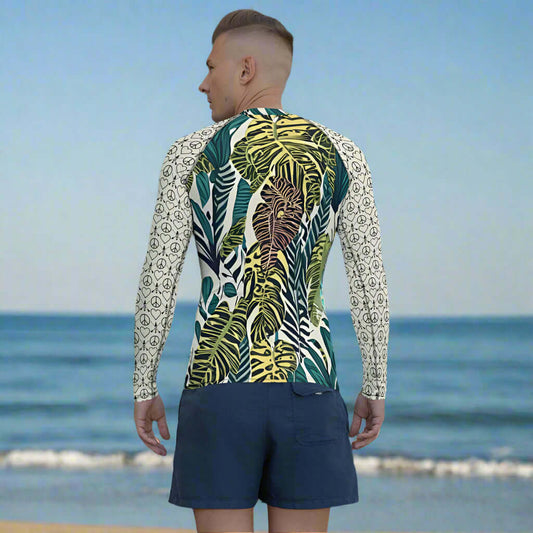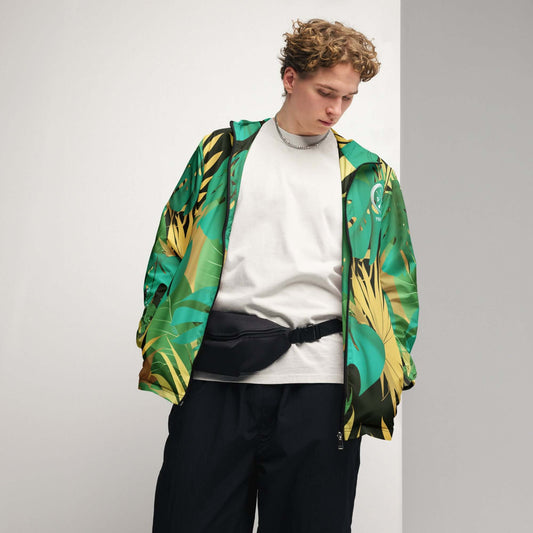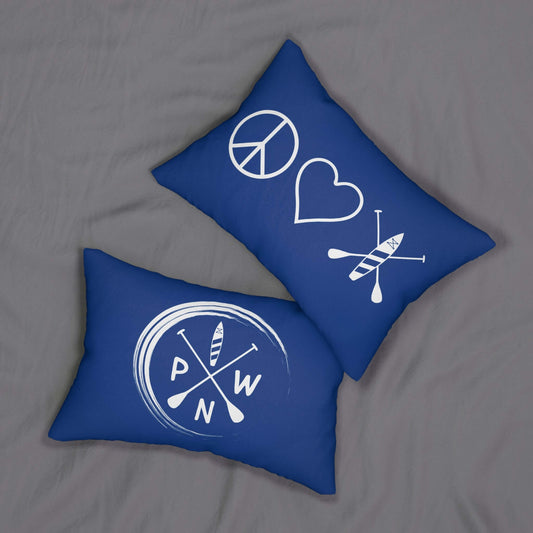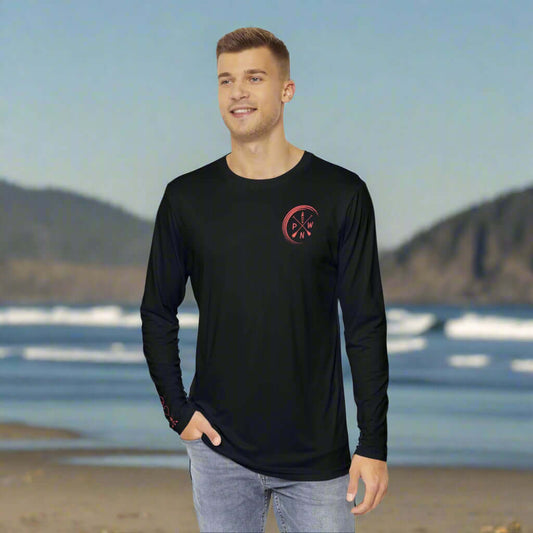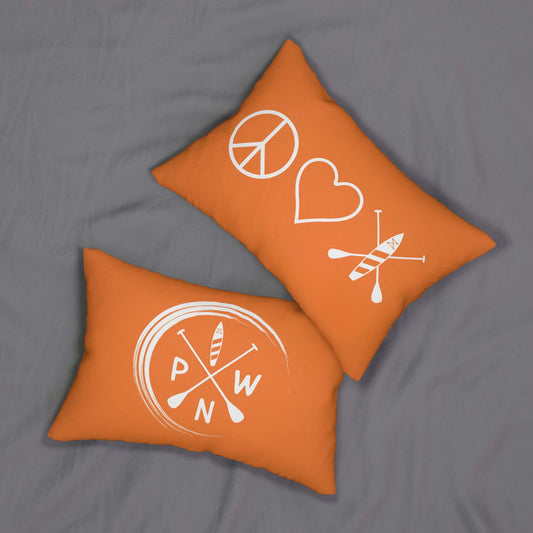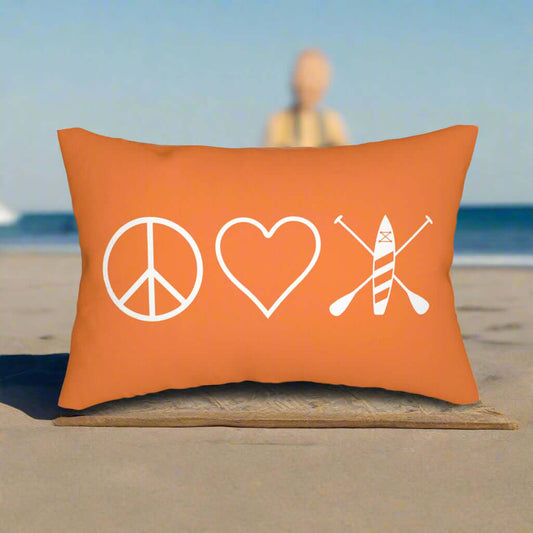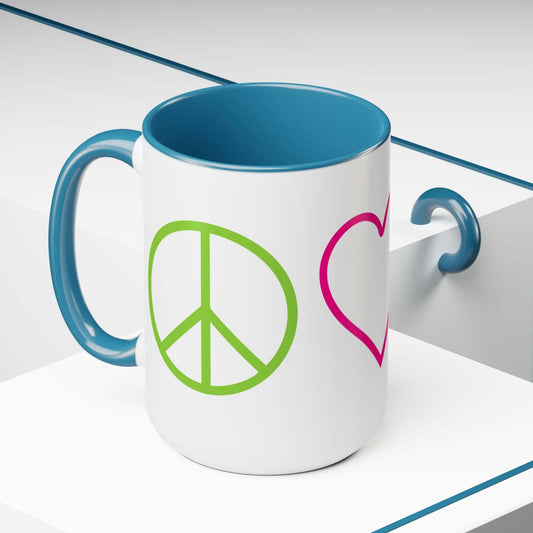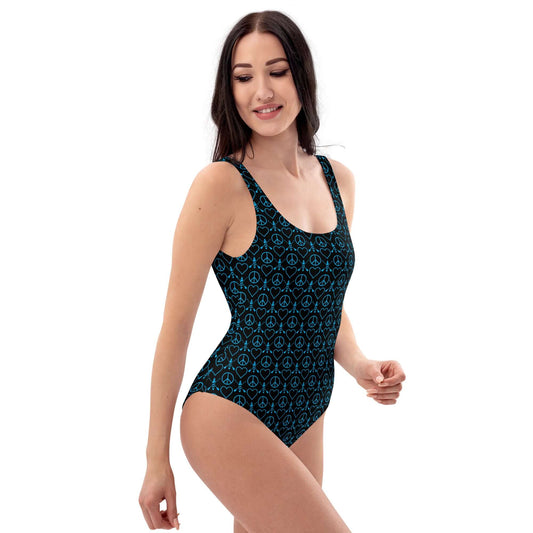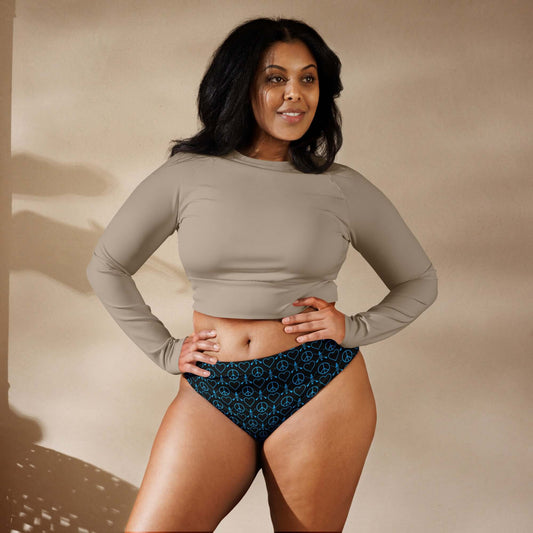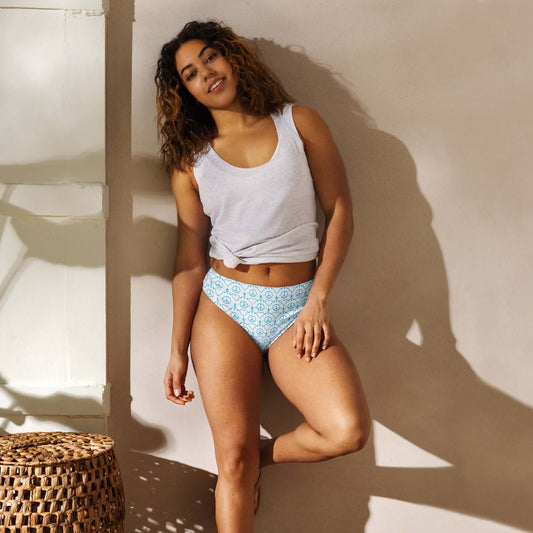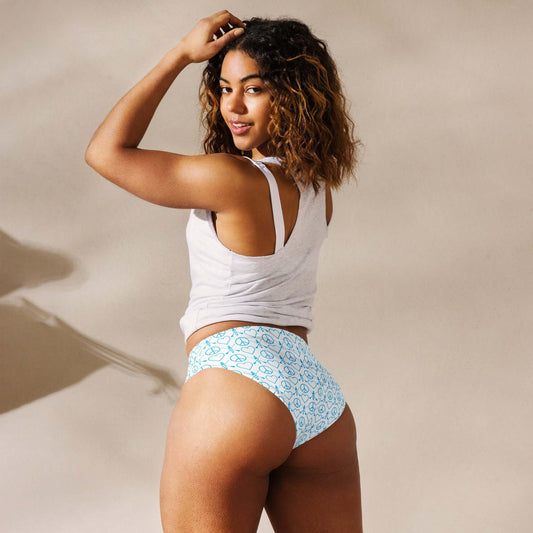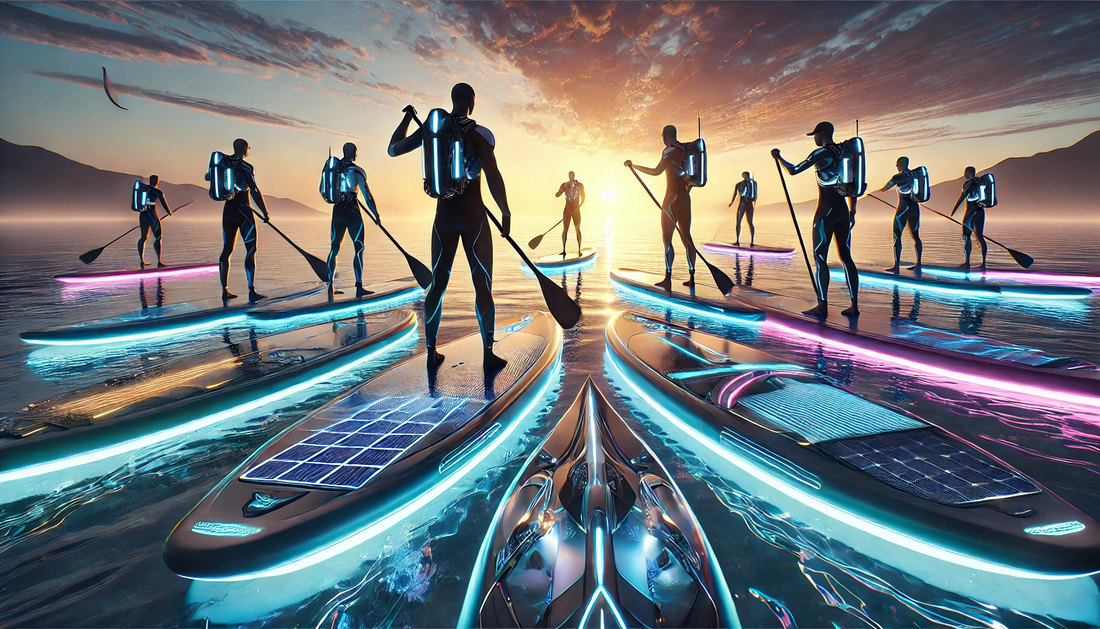
Ride the Wave: Discover Future Trends in Paddleboard Design and Technology
Frequently Asked Questions
1. What is the sleigh paddleboard design?
2. How does the sleigh paddleboard improve stability for beginners?
3. What smart technologies are expected to be integrated into future paddleboards?
4. What eco-friendly innovations are being introduced in paddleboard manufacturing?
5. How are customization and personalization expected to evolve in paddleboarding?
Paddleboarding has taken the water sports world by storm, evolving from a niche activity into a mainstream favorite. The joy of gliding across the water while engaging the body is appealing to many, but what's even more exciting is the technological advancements and innovative designs shaping the future of paddleboarding. In this blog post, we will delve into the upcoming trends that will revolutionize paddleboard design and technology, making your next adventure even more thrilling.
The Rise of Sleigh Paddleboard Design
One of the most talked-about advances in paddleboard design is the sleigh paddleboard design. This creative approach melds traditional paddleboarding with newly emerging concepts that focus on functionality and versatility. Sleigh paddleboards allow riders to experience an enhanced level of stability, offering a solid foundation for various water sports—from fishing to yoga.
Enhanced Stability and Comfort
The sleigh paddleboard design is distinguished by its wider base and tailored contours. By distributing weight more evenly, these boards provide excellent stability, especially for beginners. This feature reduces the anxiety often associated with balancing on water, making the learning curve easier and more enjoyable.
Multi-Functional Features
Sleigh paddleboards are also innovatively designed to support diverse activities. With additional storage options and attachment points for accessories like fishing rods, sails, and yoga mats, enthusiasts can transition seamlessly between hobbies. This trend towards multi-functionality not only diversifies the paddleboarding experience but also attracts a broader audience to the sport.
Integration of Smart Technology
As technology continues to advance, paddleboards are also expected to embrace smart features that enhance user experience. Imagine a paddleboard outfitted with GPS tracking, performance monitoring, and even built-in lighting systems.
Performance Tracking
Smart paddleboards equipped with performance trackers are on the horizon. These boards may monitor speed, distance traveled, and calories burned while paddling. Such features provide valuable feedback for enthusiasts looking to improve their skills or track their progress. Just as fitness apps have become essential for runners, we can expect the same trend to emerge among paddleboarders.
Interactive Navigation
Integrating GPS technology into paddleboards can open up a whole new world for adventure seekers. Riders may enjoy pre-set routes, discover new locations, or track their pathways on the water, creating a more engaging experience that encourages exploration.
Eco-Friendly Innovations
The push for sustainability in water sports is gaining momentum, and paddleboard production is not exempt from this change. Manufacturers are increasingly seeking eco-friendly materials that minimize environmental impact.
Recyclable and Biodegradable Materials
Future designs may incorporate sustainable materials like bamboo or recycled plastics to create durable yet eco-conscious paddleboards. Riders seeking to reduce their carbon footprints will find immense value in paddleboards that prioritize eco-friendly practices, aligning their love for water sports with environmental responsibility.
Energy-Efficient Manufacturing Processes
In addition to sustainable materials, brands are now focusing on refining manufacturing processes. Innovative approaches such as 3D printing can reduce waste and energy consumption. This commitment to sustainability will not only enhance brand loyalty but also cater to the growing market of environmentally-conscious consumers.

Advanced Materials and Construction Techniques
The traditional foam and fiberglass construction methods are evolving to include advanced composites and materials. These innovations allow for greater durability while reducing weight, making paddleboards easier to handle and transport.
Carbon Fiber Reinforcement
Incorporating carbon fiber into paddleboard construction has gained traction. Carbon fiber is praised for its unparalleled strength-to-weight ratio, leading to lighter boards that withstand the rigors of nature. This means longer-lasting paddleboards that can handle rough waters without compromising on performance.
Inflatable Technology Advances
Inflatable paddleboards have surged in popularity due to their portability and ease of storage. Future trends indicate a move toward advanced inflatable materials that enhance the rigidity and performance of these boards. Riders will benefit from improved maneuverability while enjoying the convenience and ease of transport that inflatable options provide.
Customization and Personalization Options
The future of paddleboard design is undoubtedly moving toward personalization. As consumers seek unique products that reflect their personalities and tastes, manufacturers will increasingly offer customizable features.
Design Choices and Accessories
Riders will soon have options to personalize their paddleboards’ colors, graphics, and even shapes. Customizable accessories such as paddle holders, cup holders, and multiple fin setups will allow users to tailor their experience to better suit their preferences.
Smartphone Integration
In the era of digital communication, the possibility of integrating smartphone apps with paddleboard controls or accessories is a concept afoot. Imagine a world where you can adjust the settings of your smart paddleboard or choose different performance modes directly from an app. This level of customization will set the stage for a consumer-driven market.
Community Engagement and Social Media Influence
As paddleboarding matures into a more mainstream sport, the role of community engagement and social media will become an integral part of its evolution. This connection can drive trends, create a demand for specific types of designs, and influence brand loyalty.
Sustainable Practices Driven by Consumer Demand
With the rise of social media, paddleboarders have a platform to share their experiences and values. As conversations surrounding sustainability and eco-friendly practices grow, consumers will encourage brands to adopt these ideals, influencing future paddleboard designs.
Brand Collaborations and Influencer Partnerships
Partnerships between brands and social media influencers can lead to unique paddleboard designs that resonate with younger audiences. The collaborative efforts might manifest in limited edition boards or innovative accessories that speak to current lifestyles and preferences.
A Bright Future Awaits
The evolving world of paddleboarding is fascinating, with exciting trends shaping its future. The sleigh paddleboard design offers enhanced stability and multi-functional options, while technological advancements like GPS tracking and performance monitoring will revolutionize the experience. Further, eco-friendly innovations, advanced materials, and personalized features highlight the growing importance of individuality in the sport.
As the paddleboarding community continues to grow, engagement through social media will bolster sustainable practices, ensuring that the sport remains not only enjoyable but also responsible. The future of paddleboarding is bright, filled with opportunity, and waiting for you to ride the next wave!
Step into the Shopify or Wix store of another user. Begin your visit by clicking this store link. Kindly note that this is a promotional link, and we do not take responsibility for the content of the linked store.

